H
igh-quality psychiatric residential treatment programs for children and adolescents with significant mental health and substance use conditions are essential components of the behavioral healthcare continuum.
The need for high-quality, youth behavioral healthcare services in the United States has never been greater, as the Covid-19 pandemic has worsened these troubling trends: the incidence of serious mental illness had increased significantly from 2018 to 2019, especially among individuals 18 to 25 years old, while major depressive episodes, suicidal thoughts, plans, and attempts also rose at an alarming rate during this time.
For children and adolescents with complex behavioral healthcare needs, psychiatric residential treatment settings provide a comprehensive array of therapies and contact with specialized providers unavailable in other levels of care. These specialized programs can help meet the needs of those who have not responded to outpatient treatment, who have educational needs that cannot be met in less restrictive settings or at their local schools, or those who need more intensive treatment after inpatient psychiatric care.
Psychiatric residential treatment provides the necessary expertise and resources that the child welfare, juvenile justice, and education systems frequently lack. Too often, many of those who need care most are denied the opportunity of recovery because policymakers fail to prioritize access to necessary residential treatment facilities.
Together with the NABH Youth Services Committee, NABH has developed Residential Treatment: A Vital Component of the Behavioral Healthcare Continuum to highlight the importance—and effectiveness—of psychiatric residential treatment services for children and adolescents.
Residential Treatment: A Vital Component of the Behavioral Healthcare Continuum
NABH urges its members to share this resource with policymakers, regulators, and other stakeholders to help explain how and why residential treatment is a vital component in the behavioral healthcare continuum—and how children and adolescents benefit from services in this setting.
Please also post and share the social media messages at the bottom of this landing page.







